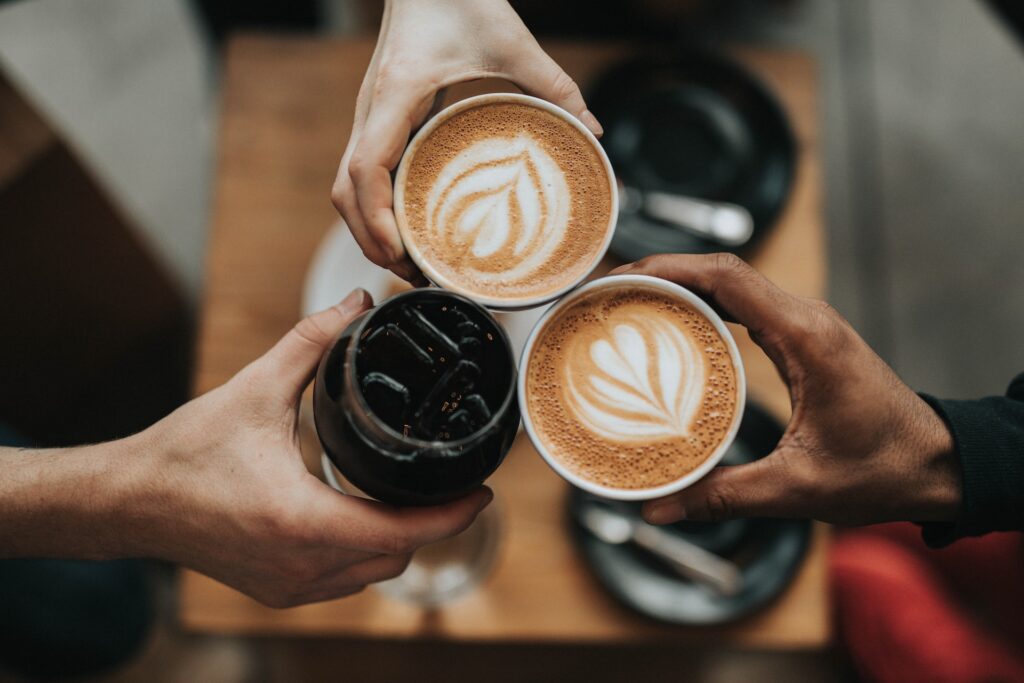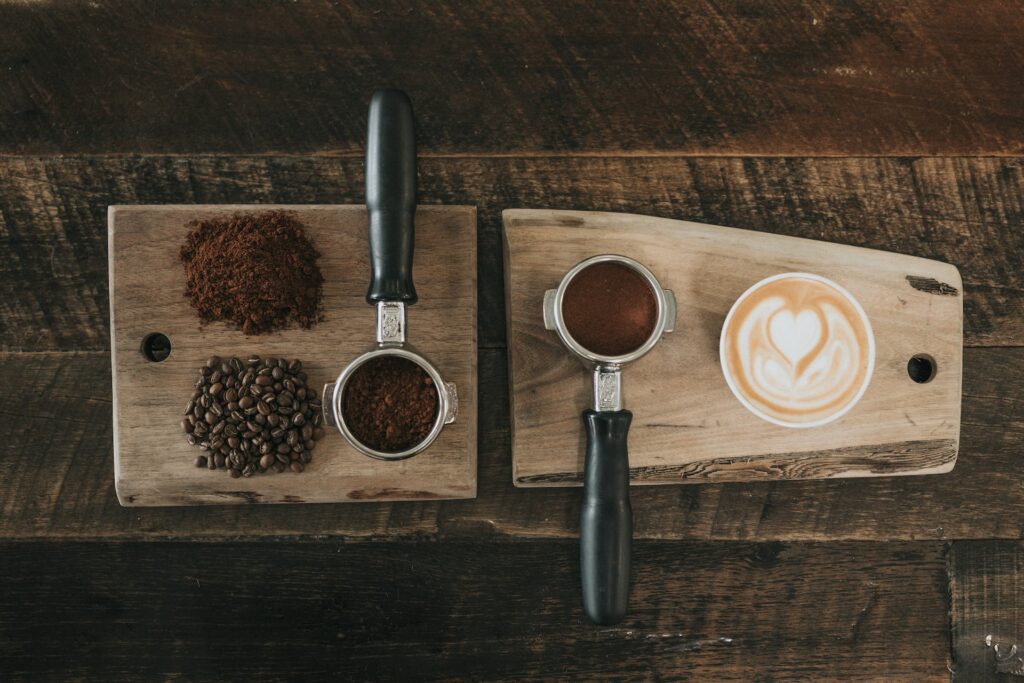What is Third-Wave Specialty Coffee?
The evolution of coffee culture and trends has significantly picked up in recent decades. Despite coffee’s presence in the world since as early as the 15th century, the coffee we drink today is vastly different from how coffee was consumed in the past. With such a variety of cultures and terminologies evolving with the new appreciation for coffee, new drinkers around the world find themselves asking, “What is Third-Wave Coffee?”

What Came Before Third-Wave Coffee
Third-Wave Coffee is the result of a long history of coffee consumption and doesn’t quite make sense without a context of how the third-wave cafe came to be what it is today.
First-Wave
The first wave of coffee is what is known as “commodity coffee.” This is coffee you can buy off of supermarket shelves, vacuum-packed and factory-produced. First-wave coffee is highly processed, strongly roasted, and usually lacks nuance, depth, and transparency in the origin of the coffee. The roast profiles of first-wave coffee tend to be very bitter and dark, and commonly come in pre-ground or instant varieties.
Second-Wave
The second wave of coffee is the result of a focus on brick-and-mortar cafes and diners. Second-wave coffee is more related to the “experience” of going to a cafe and has a highlight on the branding of the cafe itself. Cafes like Starbucks, Caribou, and Dunkin’ Donuts are strong examples of second-wave coffee, with some transparency on origin, a selection of coffee roast profiles, and an excellent coffee experience. Second-wave coffee is specialized in coffee service and is still largely commercial.
What Sets Third-Wave Coffee Apart
Third-wave coffee is where we find ourselves in modern coffee culture. Third-wave coffee is the result of a focus on coffee roasters and independent producers. Often called “specialty coffee”, third-wave coffee features a variety of roast profiles and origins, and a deep lexicon of techniques and brewing methods to make amazing coffee. In cafes, the experience is elevated, with special flourishes like latte art, artisan and house-made syrups, and roaster-specific cafes with experienced baristas to educate consumers on various coffees. One particular mark of third-wave coffee is single-origin coffee, which means that all of the coffee comes from only one country, and possibly only one farm or lot. Single-origin coffees can be difficult to keep in production depending on farm supply and consumer demand, but skillful roasters can create excellent and well-developed single-origin coffees that rival the highest-quality blends on the market. Third-wave coffee highlights the nuance, depth, and diversity within the coffee industry, and is the highest quality coffee available compared to first- and second-wave coffees.

More Waves to Come
With how far specialty coffee has come, it is inevitable that more waves will begin in the future. Even currently, some coffee experts argue that the fourth-wave of coffee is here, with at-home baristas and independent brewers making coffee without any commercial support or roaster dedication. With so much innovation and knowledge being built in the industry, who knows where coffee will go next?
